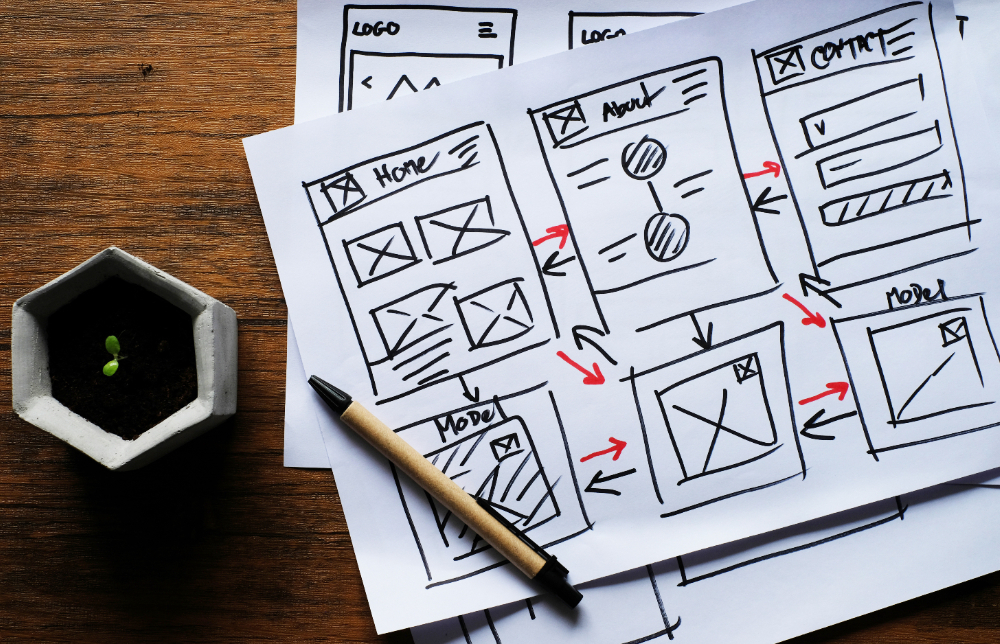
Do You Ever Prototype Organizational Change?
Even the most carefully planned change initiatives rarely unfold exactly as expected. From our change management training and simulation data, one insight is clear: leaders who prototype organizational change — testing small-scale versions of their initiatives before full rollout — achieve faster adoption and face fewer setbacks.
The Deeper the Change, the Harder the Execution
The more deeply your change efforts reach into cultural norms and everyday business practices, the more complex — and unpredictable — the journey becomes. Why? Because every meaningful organizational change must move through your people and within your culture to succeed.
The way employees think, behave, and collaborate is woven into an intricate web of beliefs, traditions, policies, and habits that shape your corporate identity. When you try to alter that fabric, you’re not just introducing new systems — you’re challenging long-held ways of working and seeing the world.
There is No Crystal Ball for Complex Change
Even the best strategic plans can’t fully anticipate how change will ripple through your business. Change leaders often underestimate the downstream effects of new structures, technologies, or processes until resistance or confusion begins to surface.
That’s why change management consulting experts increasingly advocate a more experimental approach: learn before you launch.
Prototype Change to Learn Before You Scale
Borrowing a page from design thinking, prototyping organizational change means creating small, controlled experiments that simulate the intended transformation. This allows leaders to observe real reactions, measure impacts, and make evidence-based adjustments before the broader rollout.
When applied well, this approach helps you:
As our change management simulation data confirms, organizations that test and iterate their change approach are significantly more likely to meet their performance targets and sustain new behaviors.
Two Change Management Prototype Tips to Get Started
Prototyping organizational change helps leaders test, learn, and refine their approach before full-scale rollout. Here are two practical ways to design and manage effective change experiments that generate real insight — not just activity.
Think of each prototype as a mini learning lab—a space to explore, experiment, and refine. Approach it with curiosity, not control. Like a project postmortem in reverse, the goal is to uncover what works, what doesn’t, and why. Define your desired outcomes upfront, collect meaningful data, and capture lessons that can guide your broader change effort.
Document your process, track reactions, and discuss what was learned at each stage. Then, translate those insights into specific actions or design tweaks before scaling. The objective isn’t to get it “perfect” on the first try—it’s to get smarter with every iteration and improve your odds of sustainable success.
The Bottom Line
Effective change prototypes start small and focus on learning, not perfection. By experimenting with intention, analyzing results, and applying insights, you set the stage for smoother, faster, and more resilient organizational change.
To learn more, download the latest change research: A New Way to Think About Your Change Efforts: The Agile Organization
Explore real world results for clients like you striving to create higher performance